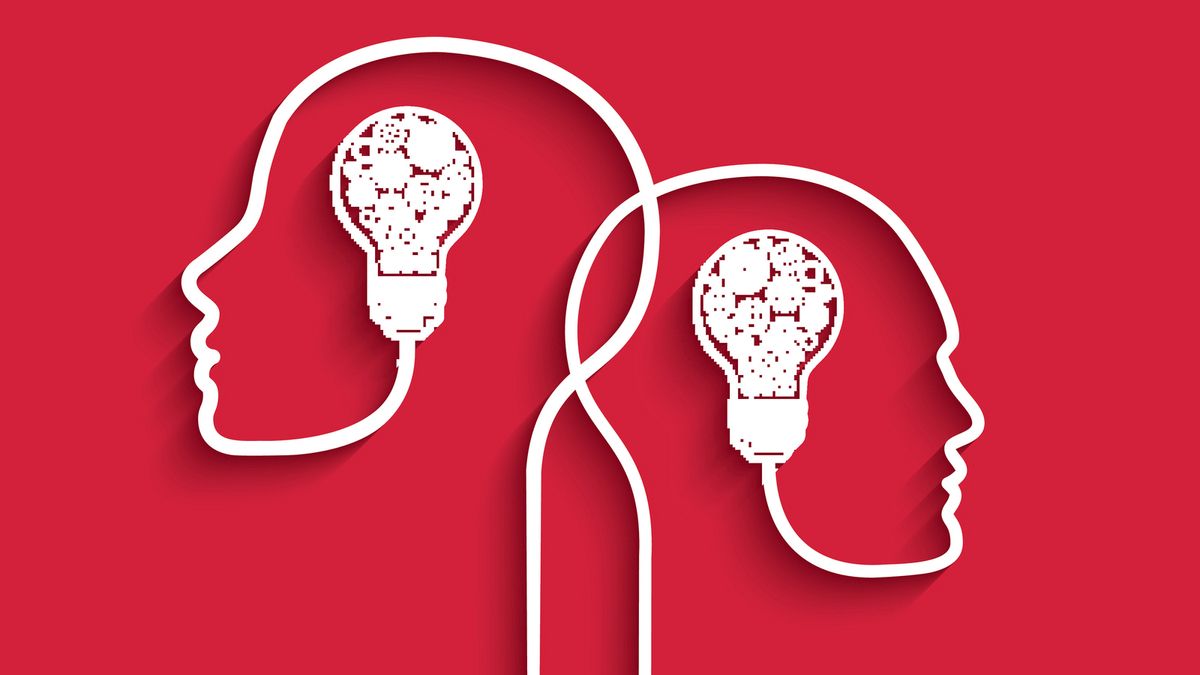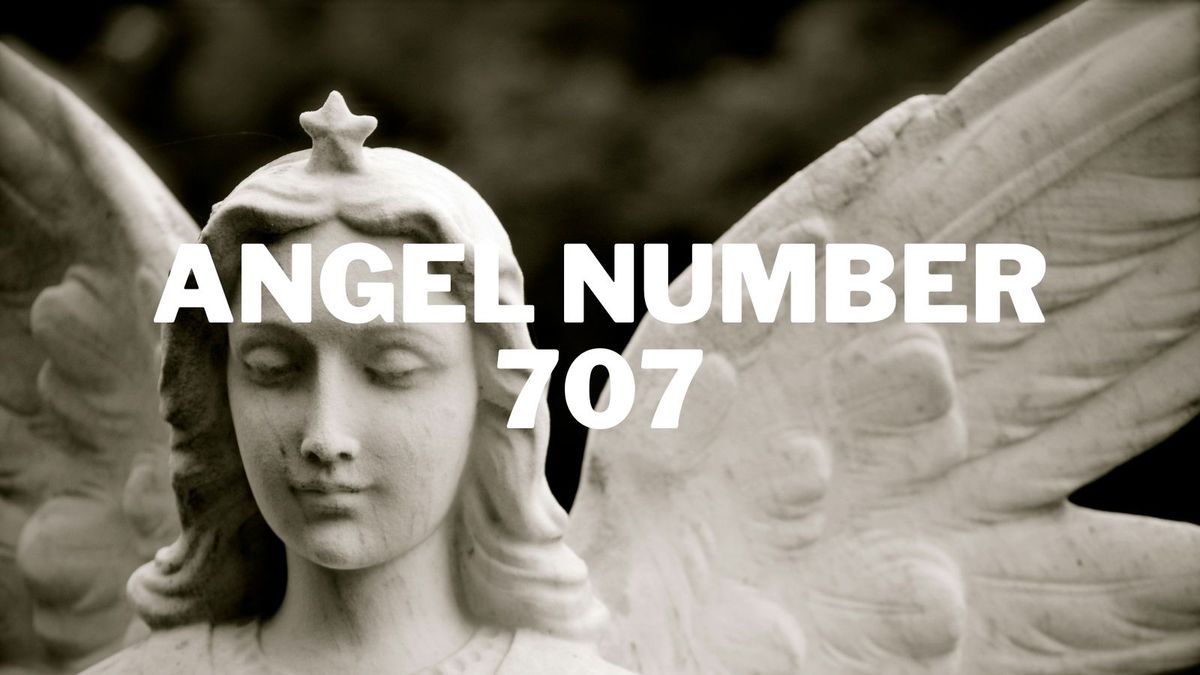[ad_1]
Rosy-faced lovebirds are charismatic, petite parrots. They also aren’t afraid to use their heads — literally — to get around an awkward situation.
“They’re these incredibly smart animals who are really good problem solvers, and that also extends to the way that they move,” said Edwin Dickinson, a biomechanist at the New York Institute of Technology.
The parrots proved their talents to Dr. Dickinson and colleagues recently in a lab as they navigated perches that got smaller and smaller. When a rod got thin enough, the birds gave up on trying to keep their balance with two feet. Instead, they moved beneath the wire, hanging from their beaks and swinging their legs and bodies, almost like a monkey swinging from tree to tree in a forest. While parrot owners may have spotted such beak-swinging in their pets, the scientists set out to understand the forces behind it, which they described Wednesday in the journal Royal Society Open Science.
It’s not the first time parrots have been observed using their noggins to get by. In a previous study, the same team gave lovebirds a surface to walk across, progressively making it steeper. As the runway’s angle increased, the birds started to use their beaks to grab and help climb. The researchers went as far as to suggest that the animals essentially walk with three limbs.
For their latest study, the team placed a sensor that measured forces in the path of the birds and observed that the head does more than stabilize the motion as the birds move their feet along the wire.
“In a limb loading sense, they are — on their head itself — able to hold their entire body weight just with their head, which is pretty remarkable,” said Melody Young, a biomechanist at the New York Institute of Technology and an author of the study.
The motion is “pretty unusual,” said Pauline Provini, an evolutionary biologist at the Muséum National d’Histoire Naturelle in Paris. A beak is used by a bird for feeding, and it also plays a role in calls and songs. “But for locomotion, it’s relatively rare,” she said.
The movement pattern that comes with using the head as a third limb requires parrots to coordinate their beaks and legs. “We tend to see birds as just wings because flight is so great,” Dr. Provini said. But birds have evolved diverse ways to use their legs: walking, hopping, paddling, perching. And their heads and necks are very powerful, she noted.
The beak-swinging resembles the movement of monkeys. So the scientists coined the term “beakiation,” a play on the word brachiation, the term for the monkey-bar motions of primates. The researchers compared the beak-swinging of the parrots with the brachiation of gibbons — whose swings ricochet with momentum — and the inverted walking of sloths. The parrots’ swings lie in the middle, the team found. Like gibbons, spider monkeys and humans with their arms, the birds are able to hang their entire weight on the beak-acting-as-a-limb. But they don’t recover as much energy as primates can in their swings.
It’s not clear how prevalent beakiation is in wild birds, but the researchers hope scientists in the field can watch for beak swinging. “It’s likely that parrots all around the world have been doing or are capable of doing something similar for time immemorial,” Dr. Dickinson said.
Other birds may use beak-swinging, said Diego Sustaita, an organismal biologist at California State University San Marcos who wasn’t part of the work. For instance, beyond parrots, researchers may want to look at other climbing tree-dwellers like mousebirds or trogons. Comparing across species could provide hints about the behavior’s evolution.
The new research also contains a note of caution for scientists who might make assumptions about how extinct animals moved by studying their anatomy, said Michael Granatosky, whose lab at the New York Institute of Technology has been scrutinizing parrot movements.
Biologists typically presume that form predicts function. But beak swinging shows that sometimes animal anatomy functions in a way that scientists wouldn’t predict from its form. People don’t usually consider moving with the neck or the mouth, using systems that primarily control feeding. But scientists draw clues about ancient creatures’ movements from their fossils all the time.
“If we’re trying to predict what they did from their bones alone, we are likely missing out on entirely novel forms of locomotion or things animals may have done that we would have never imagined,” Dr. Granatosky said.
Maqvi News #Maqvi #Maqvinews #Maqvi_news #Maqvi#News #info@maqvi.com
[ad_2]
Source link

















































